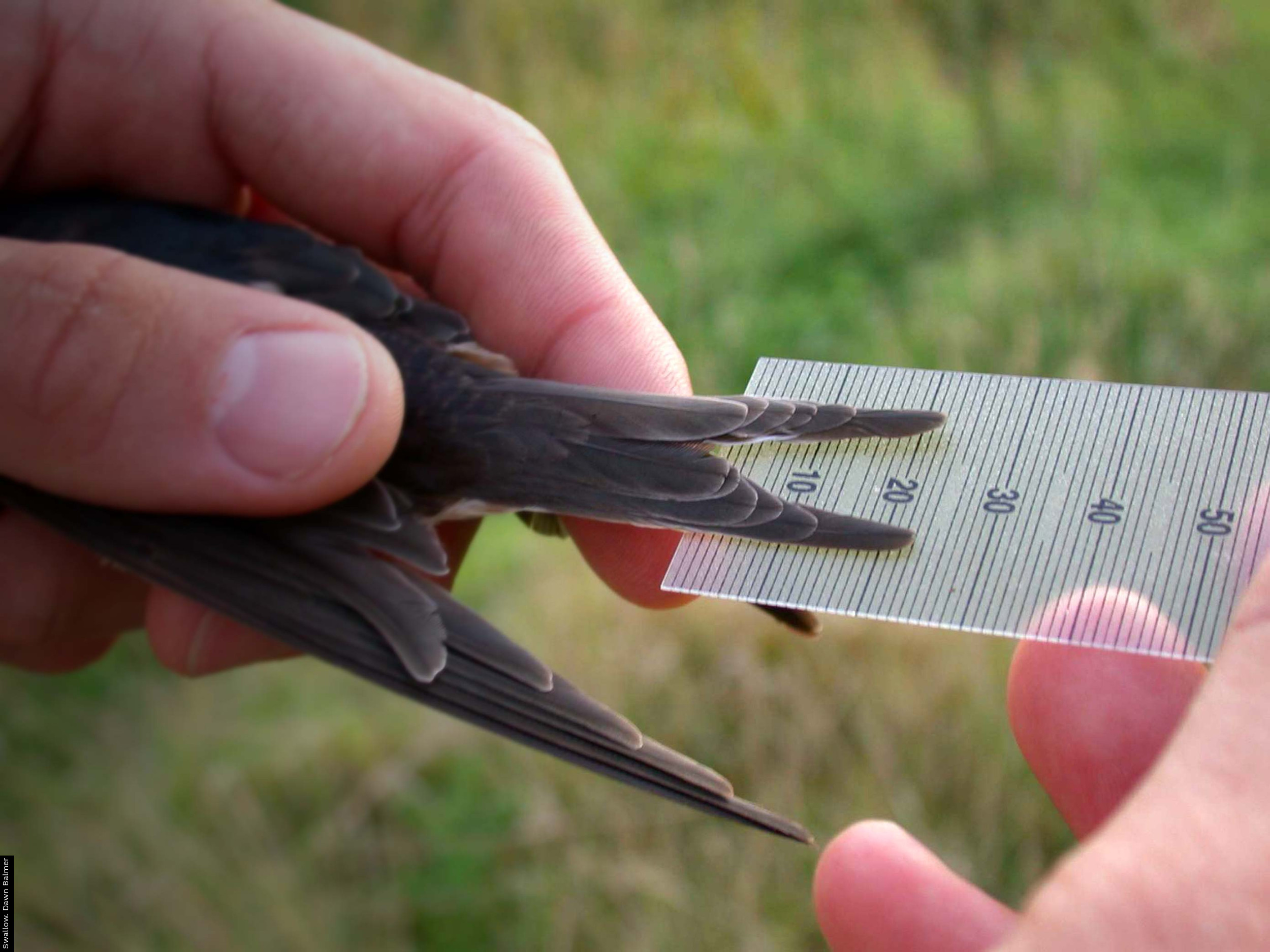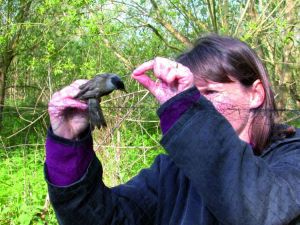Learn to ring
Bird ringers come in many guises, from individuals working in urban areas, to large groups working in a wide geographic area, with ages ranging from under 10 to over 80. So depending on where you are, you could get involved with ringing seabirds on Scottish islands, owl chicks in nest boxes or catching a huge variety of passage migrants on the coast. Most of your ringing though is likely to involve catching tits early in the morning in winter or (even earlier in the morning) warblers in the breeding season.
Most ringers catch birds when they’re at their most active, which is often early in the morning, so sessions starting at, or before, 5am are commonplace - and ringing sites are rarely accessible by public transport. A good morning’s ringing may take you through to lunchtime, but there’s always the possibility of catching birds coming to roost or even catching at night. You’ll no doubt find that ringing is a very satisfying activity. Not only will you be adding to over 100 years of data used directly by conservationists, but enjoying the experience of seeing birds close up. Whether you want to train to ring birds in nest boxes, to ring your garden birds, or to ring everything at your local gravel pit, your contribution is vital.
The ringing process involves much more than you might imagine: preparation and planning to catch and ring birds are essential. Habitat management at ringing sites, maintenance of equipment and stocking winter feeding stations are all essential jobs. Most trainers and groups share chores with everyone getting involved. There is a lot to do and it will take up a lot of time.
For more information go to our Frequently asked questions (FAQs) page.











Share this page